Last Update: 23 Dec 2021.
6.2.1 Standard operating procedures, work instructions and process records shall be documented and maintained for the cooking process.
6.2.2 The cooking process shall be such that the time/temperature achieved at the core is equivalent to a minimum of 2 minutes at +70°C.
6.2.3 Where static cooking chambers are used, the core and chamber temperature of the product shall be measured and recorded throughout the cooking period.
6.2.4 Where other forms of cooking equipment are used (travelling ovens), the validation of the process shall be based on specified time/temperature requirements.
6.2.5 Where bacon/gammon joints are being cooked, then prior to release from the cooking chamber, the core temperature of the product shall be measured and recorded either by cooker probe and/or manually at the top, middle and bottom of each rack. All product temperature readings shall be equal to or greater than the minimum core temperature specified within the standard operating procedure and work instruction shall cross-reference to the sites HACCP plan.
6.2.6 Where the bacon is comprised of individual slices and cooked using microwave or other forms of in-line cooking e.g. grilling, the site shall have validated the cooking process to a documented protocol which shall be detailed within the sites HACCP plan.
6.2.7 Where infra-red monitoring equipment is used to verify the cooked temperature of the product, the frequency of recording shall be aligned to the documented protocol detailed within the sites HACCP plan.
Guidance
Refer to corresponding subclauses above
6.2.2 Cooking profiles shall be in place to demonstrate the controls necessary for product safety. It is recognised that there are a range of different types of cooking systems e.g. traditional cooking chamber, travelling ovens or cooking by microwave. Whichever system is used, the equipment shall have been validated to a documented protocol. It is expected that protocol shall have been verified at the time of the BRC audit.
Various factors influence the rate at which micro-organisms are killed during the cooking and how many survive this process:
- the time/temperature relationship
- the concentration of salt and of curing salts in the product
- the initial microbial load on the bacon when cooked.
The initial microbial load on the uncooked bacon shall also fall within the limits set out when determining the shelf life of the final product. These requirements shall have been fully laid out when the durability of the cooked cured pork is determined and shall be available for evaluation.
Regular monitoring of finished product standards shall be in place.
6.2.4 Heating/cooking profiles shall take into account the potential temperature ranges within the cooker (hot and cold spots) and the design/capability of the cooking equipment. It is advisable when cooking batches, to select product from within a narrow a weight band as is practically possible. Accurate records of cooking shall be held. Cookers invariably have continuous recording of the cooking programme appropriate to the product being cooked.
6.2.7 This shall form part of the cooking profiles and routine monitoring of the cooking programme. This shall be supported by in-situ temperature monitoring probes (where applicable).
Evidence
Refer to corresponding subclauses above
6.2.2 Review procedures, work instructions and examples off cooking process records since the last audit.
6.2.4 Review cooking profiles and examples of cooking records.
6.2.7 Review cooking profiles and examples of cooking records. (Note: verification of the temperature monitoring equipment shall be covered at the time of the BRC GFS audit and HACCP shall be reviewed).

